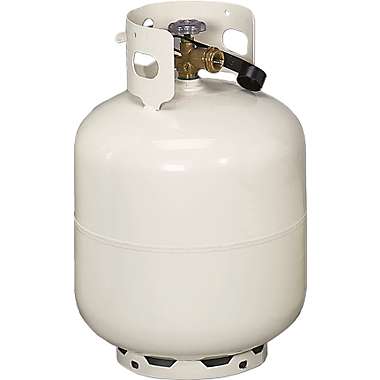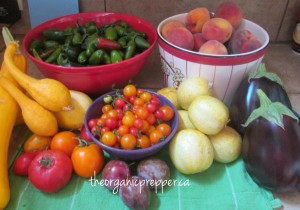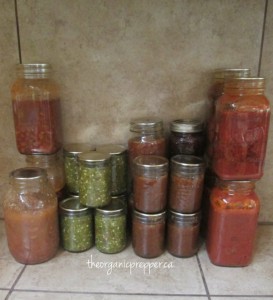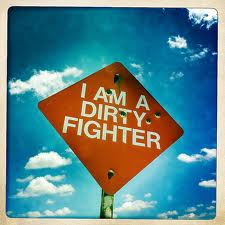
I read an article on article on October 11th that points out that terrorists are making dry runs to test airline security and procedures. The article points out that investigators obtained a memo that talks about recent probes or dry runs. From the report:
“A group of Middle-Eastern males boarded in DCA. Shortly after takeoff, one got up and ran from his seat in coach towards the flight deck door. He made a hard left and entered the forward lav, where he stayed for a considerable length of time! While he was in there, the others got up and proceeded to move about the cabin, changing seats, opening overhead bins, and generally making a scene. They appeared to be trying to occupy and distract the flight attendants.”
The article also says that investigators confirmed the incident with US Airways and the TSA, but that the TSA stated “the matter requires no further investigation at this time.”
The article goes on to say that several Air Marshals have said that the incident described above is serious, and that there have been several dry runs on other flights, but that “the TSA doesn’t want the flying public to be aware of the problems with terrorist probes.”
The article ends with a statement from an Air Marshal and industry insiders saying “We’re waiting for the next 9/11 to happen, because it’s not a question of if. It’s a question of when.”
What Can We Do?
I believe that terrorists are practicing dry runs to see where vulnerabilities are. I also believe that they would love to use planes in another grand attack. So what can we, the average person, do if we believe there is a terrorist dry run taking place on a flight we are on? I won’t tell you what you should or can do. That is for you to decide. I will just say what I will do. I will step in and help the flight attendants.
If we look back to the shoe bomber and the underwear bomber, they were stopped because passengers acted. If we go back to 9-11 and flight 93, because those passengers acted, they saved lives on the ground.
Sure, ideally there would be a police officer nearby every time one was needed to stop a violent attack. It would also be ideal if an Air Marshal was on every flight that had a dry run or an actual attack on it. Since that isn’t reality, I take personal responsibility for my safety and the safety of my loved ones.
Now I’m not saying to get physical with Middle Eastern travelers. In fact, I don’t believe racial profiling works. I do believe, however, that behavior profiling does work. I practice the Cooper Color Code on land and will continue to in the air. If I see people acting in a coordinated effort in a manner that passengers normally don’t act, I will be ready to act if the flight crew needs it or if I believe my safety is at stake.
I like to be as prepared for a violent confrontation as I can be. Sometimes this means I carry a firearm and sometimes, for various reasons, I can’t. Obviously, I can’t on an airplane. The TSA has limited what can be carried onboard, but there are still some options.
This link is to the Prohibited Items list on the TSA site. You’ll notice that most of the items listed must be checked, but some items that are allowed are:
• Scissors – metal with pointed tips and blades shorter than 4 inches are allowed, but blades longer than 4 inches are prohibited
• Tools – Wrenches/Pliers/Screwdrivers (seven inches or less in length). It might draw attention to board a plane with just one screw driver. Consider getting a small toolkit.
Some items that are not listed but should be perfectly allowable to carry onboard are:
(A disclaimer from the prohibited items page: It’s important to know that even if an item is generally permitted, it may be subject to additional screening or not allowed through the checkpoint if it triggers an alarm during the screening process, appears to have been tampered with, or poses other security concerns. The final decision rests with TSA on whether to allow any items on the plane. Also, please note that some dangerous items below are illegal in certain states and passengers will be subject to state law. It is a passenger’s responsibility to be aware that origination and destination cities may have local laws prohibiting the possession of these items.)
• Walking cane
• Flashlight; I would not try to bring on a “tactical” flashlight because of the disclaimer above. It should also probably be less than seven inches.
• Solid writing pen. Again I wouldn’t try to board with the tactical type pens.
If you bring a cane, you should probably be using it. I carry a flashlight often, if questioned about why I have it, I will give my honest answer; if something happens on board, I want to be able to see. A good solid pen with a notebook should not draw any undue attention.
If you decide to travel without any of the above and must use force, remember that if you’re in a fair fight, your tactics suck.
I pray the Air Marshals and the industry insiders are wrong. I pray there is never another 9-11. However, like I said above, I believe the terrorists would love to have many more. It could fall to the passengers on board to stop it.
If you liked this article please think about sharing it on the social media listed below, thanks!










